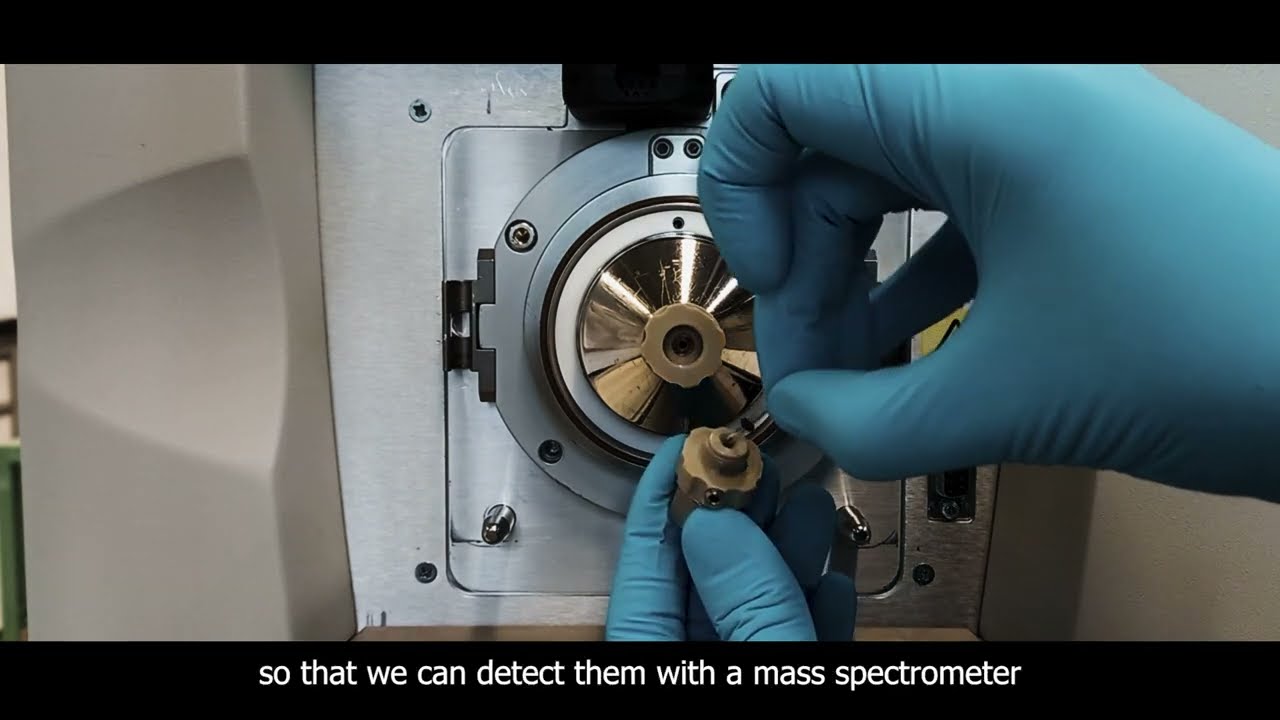Dielectric Barrier Discharge Ionization Mass Spectrometry
Active capillary plasma ionization is a soft ionization technique for polar and non-polar compounds and is based on the principle of dielectric barrier discharge. The source contains an inner electrode that is separated from the outer electrode by a glass capillary. If a high AC voltage is applied to the outer electrode, a plasma is formed within the capillary. The source is connected directly to the inlet capillary of the mass spectrometer to achieve 100 % transport efficiency of the ions. Nitrogen or air can be used as carrier gas and discharge gas. This ion source is capable of efficiently ionizing a variety of substance classes including chemical warfare agents, polycyclic aromatic hydrocarbons, pesticides, and drugs.

Current projects:
Although plasma sources have already been used for many applications in different fields, the underlying ionization mechanism is still unclear. The focus of this project is to study the mechanism of negative ion formation of different classes of perfluorinated compounds. With improved knowledge of the ionization mechanism, the performance of the active capillary plasma ionization source can be optimized and possibly extended to ionize molecules at higher mass range.
Even populations of clonal cells are heterogeneous, which requires high-throughput analysis methods with single-cell sensitivity. Therefore, we propose a rapid, label-free single-cell analytical method based on active capillary dielectric barrier discharge ionization mass spectrometry, which can analyze multiple metabolites in single cells at a rate of 38 cells/minute. We use this strategy to study cancer cell metabolism, including human pancreatic ductal adenocarcinoma (PDAC). With chemometric analysis, we classify different cell types. With the obtained information, we can identify potential targets for treating cancer. We are currently exploring further applications for the technique, especially for analyzing lipids.

